AFI
SOURCE: AFI


India’s Republic Day Parade on January 20, 2025, marked a historic moment as the country showcased the twin launcher configuration of the Pralay ballistic missile system for the first time. Developed by the Defence Research and Development Organisation (DRDO), the Pralay missile represents a significant leap in India’s tactical missile capabilities, designed to bolster the country’s defense posture along sensitive borders.
The Indian Air Force (IAF) placed its first order for 120 Pralay missiles in December 2022, followed by the Indian Army’s order for 250 units in 2023. This year’s Republic Day display indicates the readiness of a new production batch for deployment along critical regions, including the Line of Actual Control (LAC) with China and the Line of Control (LoC) with Pakistan.
Continue readingSOURCE: AFI


In a recent strategic move, India has been granted observer status in the €7.1 billion Eurodrone program, a collaborative European initiative aimed at developing medium-altitude long-endurance unmanned aerial vehicles (UAVs). This development, managed by the Organisation for Joint Armament Cooperation (OCCAR), is a testament to India’s growing stature in international defense collaborations. As India steps into this role, it opens up avenues for significant technological insights and potential future acquisitions in advanced aerial surveillance and reconnaissance capabilities.
The Eurodrone project, involving key players like Airbus, Leonardo, and Dassault Aviation, is designed to reduce Europe’s reliance on non-European drone systems, focusing on intelligence, surveillance, target acquisition, and reconnaissance (ISTAR) missions. India’s observer status here not only bolsters its defense technology portfolio but also sets a precedent for further engagements in high-tech defense projects.
Continue readingSOURCE: AFI
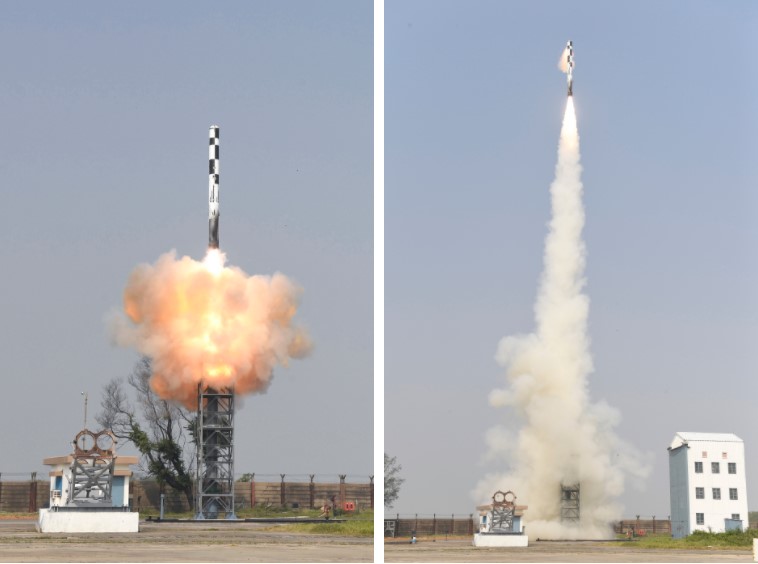

India and Indonesia are reportedly close to finalizing a deal for the sale of the BrahMos cruise missile, marking a significant step in India’s defense exports. The deal, expected to be signed later in 2025, will further solidify defense ties between the two nations and enhance Indonesia’s maritime security capabilities.
This development, however, is not the first time Indonesia has shown interest in the BrahMos missile system. Jakarta has had its eye on the missile since 2010, when BrahMos Aerospace first briefed Indonesian officials on its advanced capabilities. At the time, geopolitical sensitivities and India’s cautious approach to defense exports prevented the deal from materializing.
Continue readingSOURCE: AFI


Hyderabad, India – In a significant boost to India’s burgeoning private space sector, Skyroot Aerospace, headquartered in Hyderabad, has announced plans to establish a state-of-the-art rocket manufacturing, integration, and testing facility in Telangana. With an investment of ?500 crore, this development is poised to be one of the largest private sector initiatives of its kind in the country, according to an official release issued on Tuesday.
Skyroot Aerospace, known for its pioneering work in the commercial space sector, is setting the stage for the next phase of India’s space exploration capabilities. The facility will be dedicated to the end-to-end process of rocket manufacturing, from design and fabrication to integration and rigorous testing, ensuring that every aspect of rocket development is conducted under one roof. This integrated approach is expected not only to streamline the production process but also to significantly reduce the time from design to launch.
Continue readingSOURCE: AFI


TakeMe2Space has successfully tested and validated a comprehensive array of sensors, actuators, and subsystems on its MOI-TD (Mission of Innovation – Technology Demonstrator) hardware. The testing included key components like Sun sensors, horizon sensors, solar cells, inertial measurement units, reaction wheels, magnetotorquers, airtorquers, the POEM adapter board, and an AI accelerator. This rigorous validation process is a crucial step towards ensuring the functionality and reliability of the technology intended for space missions.
In a particularly innovative approach to test its AI capabilities, TakeMe2Space uploaded large AI models from ground stations to the MOI-TD hardware. The models were then processed by executing external code directly on the hardware, after which the results were encoded, encrypted, and downloaded back to Earth for analysis. This exercise not only demonstrated the potential for real-time AI processing in space but also the security and integrity of data handling in extraterrestrial environments.
Continue readingSOURCE: AFI
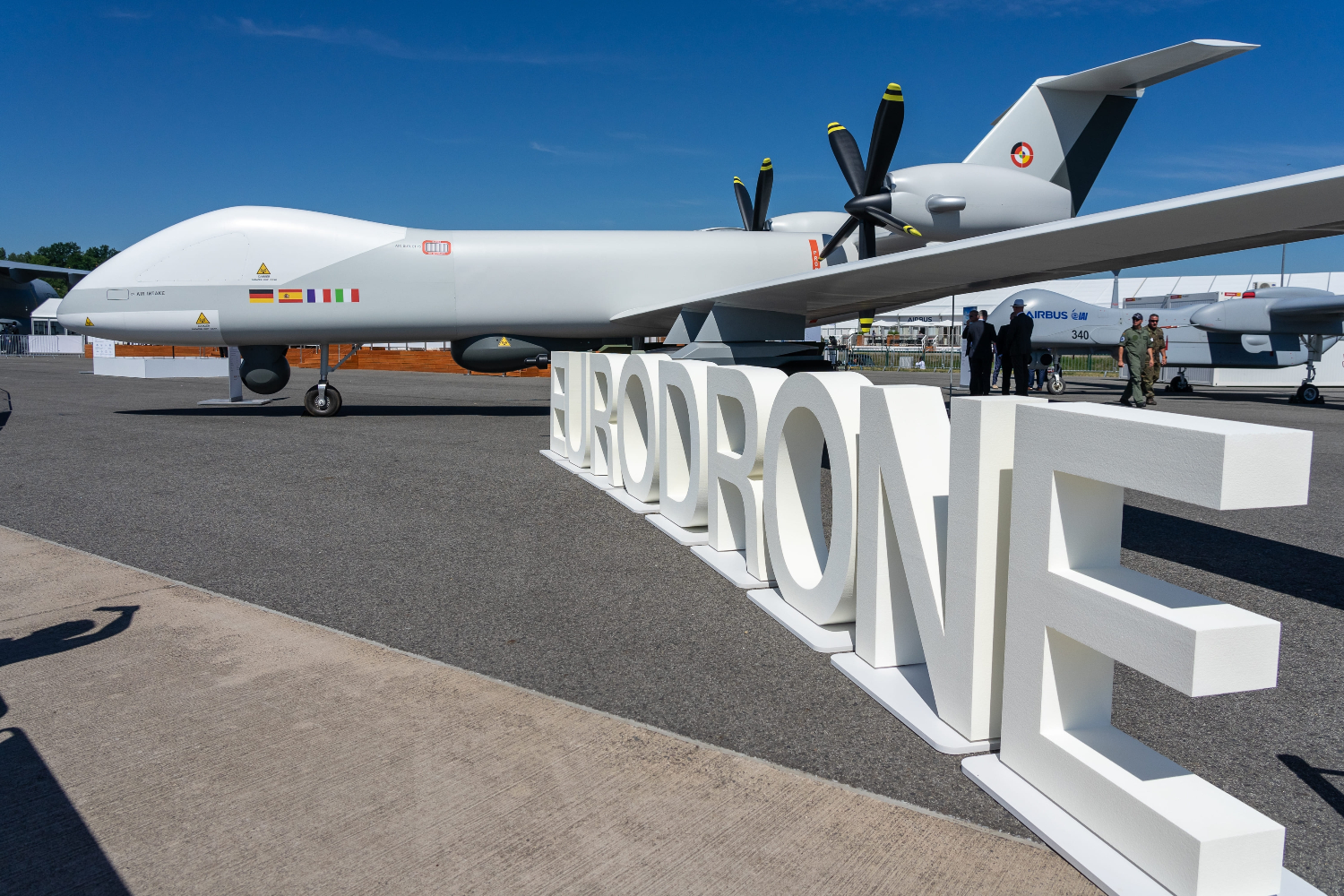

India has joined the Eurodrone program as an observer, signaling its interest in acquiring a dozen twin-engine Eurodrone Remotely Piloted Aircraft Systems (RPAS). The Eurodrone, a collaborative venture among European nations, boasts a payload capacity of over 2.3 tonnes, offering advanced surveillance, reconnaissance, and precision strike capabilities. This marks a significant development in India’s ongoing efforts to modernize its drone fleet while enhancing self-reliance and strategic partnerships.
India is already in the process of acquiring 30 MQ-9B SeaGuardian and SkyGuardian drones from the United States, manufactured by General Atomics. Here’s how the two UAVs compare:
Continue readingSOURCE: AFI


In a significant stride towards enhancing its hypersonic missile capabilities, India has developed a state-of-the-art Thermal Barrier Coating (TBC) designed to endure the extreme temperatures of hypersonic flight. This development, a collaborative effort between the Defence Research and Development Laboratory (DRDL) and the Department of Science & Technology (DST) Laboratory, marks a pivotal advancement in the nation’s defense technology.
The new TBC is made from an advanced ceramic material known for its exceptionally high thermal resistance. This coating can operate at temperatures well beyond the melting point of steel, which is crucial for the protection of components in hypersonic environments where heat stress is immense.
Continue readingSOURCE: AFI
)

The attempts of US-based Khalistani terrorist Gurpatwant Singh Pannun and his gangs are trying to revive the Khalistani armed struggle in Punjab are doomed to fail due to fundamental demographic and socio-political changes in the state. Beyond his rhetoric, Pannun’s actions appear more aligned with masking illicit activities rather than genuinely advancing any separatist agenda.
One of the most significant hurdles to reviving an armed struggle in Punjab is the declining Total Fertility Rate (TFR) among Sikhs in the state. Over the past few decades, Punjab has experienced a steady decline in birth rates, reflecting broader societal changes such as urbanization, better education, and economic development.
Continue readingSOURCE: AFI


Recent reports suggest that Bangladesh has been providing weapons training to civilians living close to the Indo-Bangladesh border, escalating tensions and prompting a reevaluation of security protocols by India. Experts are now advocating for the immediate scrapping of the Non-Lethal Treaty to empower the Border Security Force (BSF) with unrestricted operational capabilities.
According to sources, Bangladesh has been conducting training sessions for civilians, teaching them how to handle small arms and potentially engage in border skirmishes or protect against Indian border forces. This move could be seen as an attempt to assert control or deter Indian forces from taking stringent measures against illegal activities like smuggling, which are prevalent along this border.
Continue readingSOURCE: AFI


India’s Medium Role Fighter Aircraft (MRFA) tender is one of the most significant defense procurement programs, aimed at modernizing the Indian Air Force (IAF) fleet with advanced multirole fighter jets. With a potential budget of $25 billion, there is growing curiosity about how many F-35A Lightning II jets—often considered the pinnacle of modern fighter aircraft—India could acquire if it opts for this 5th-generation stealth fighter over other contenders.
As of recent contracts, the unit price for the F-35A is approximately $80 million. Additional costs, including training, spare parts, mission systems, and logistical support, can significantly increase the total cost. For most international buyers, the total program cost per aircraft is estimated at around $200 million when factoring in lifecycle support and infrastructure.
Continue readingSOURCE: AFI
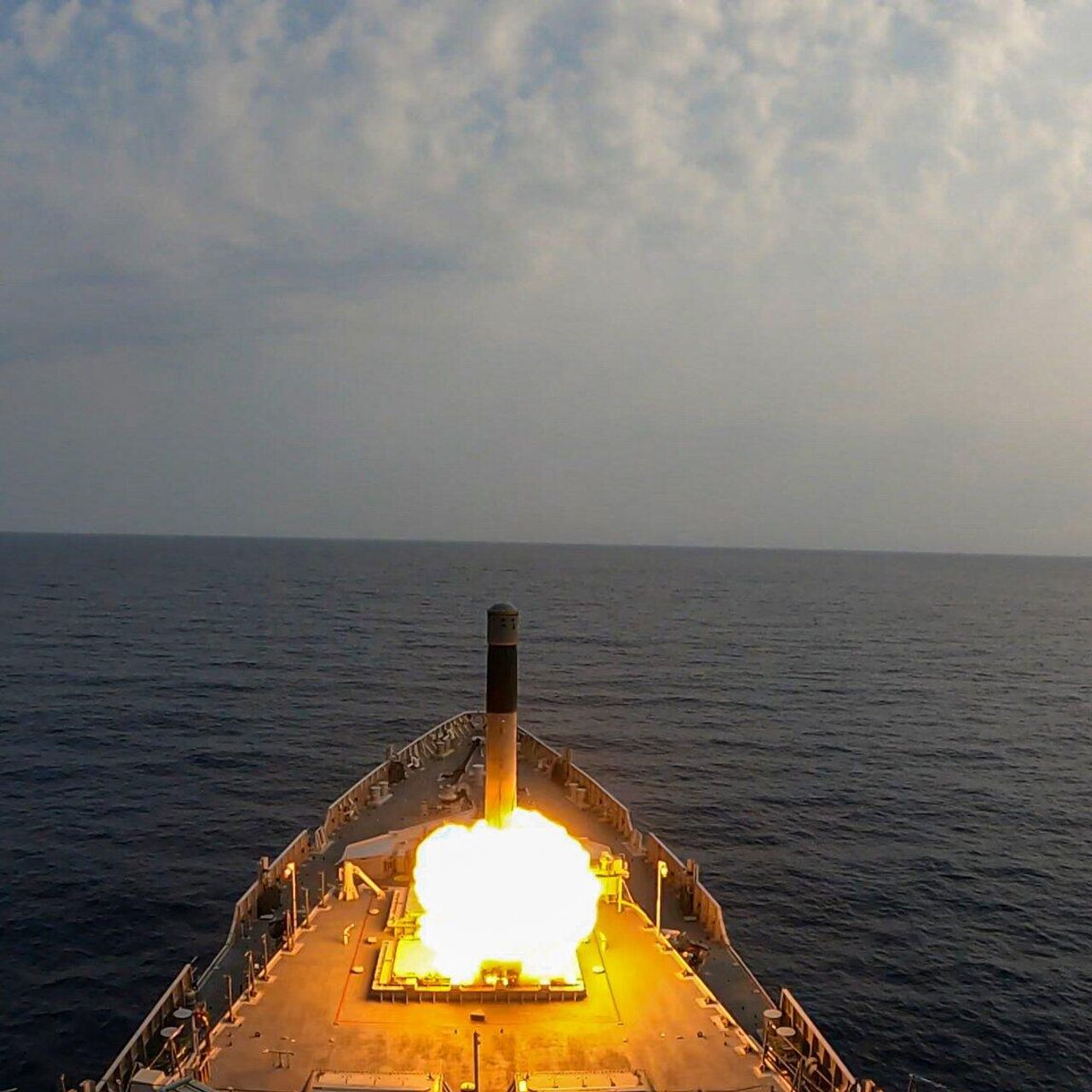

India’s defense strategy has long leaned heavily on the BrahMos supersonic cruise missile, a joint venture between India and Russia, known for its speed and precision. However, this reliance has sparked a debate about the sustainability and cost-effectiveness of such dependence, especially as India struggles to develop or procure more affordable, indigenous alternatives.
The BrahMos missile, named after the rivers Brahmaputra and Moskva, has become a cornerstone of India’s military might. It boasts a supersonic speed of Mach 2.8, making it one of the fastest cruise missiles in operation, capable of being launched from land, sea, sub-sea, and air platforms. Its versatility and effectiveness have made it an integral part of India’s tri-services (Army, Navy, Air Force) operations, with deployments ranging from coastal defense to strategic land strikes.
Continue readingSOURCE: AFI
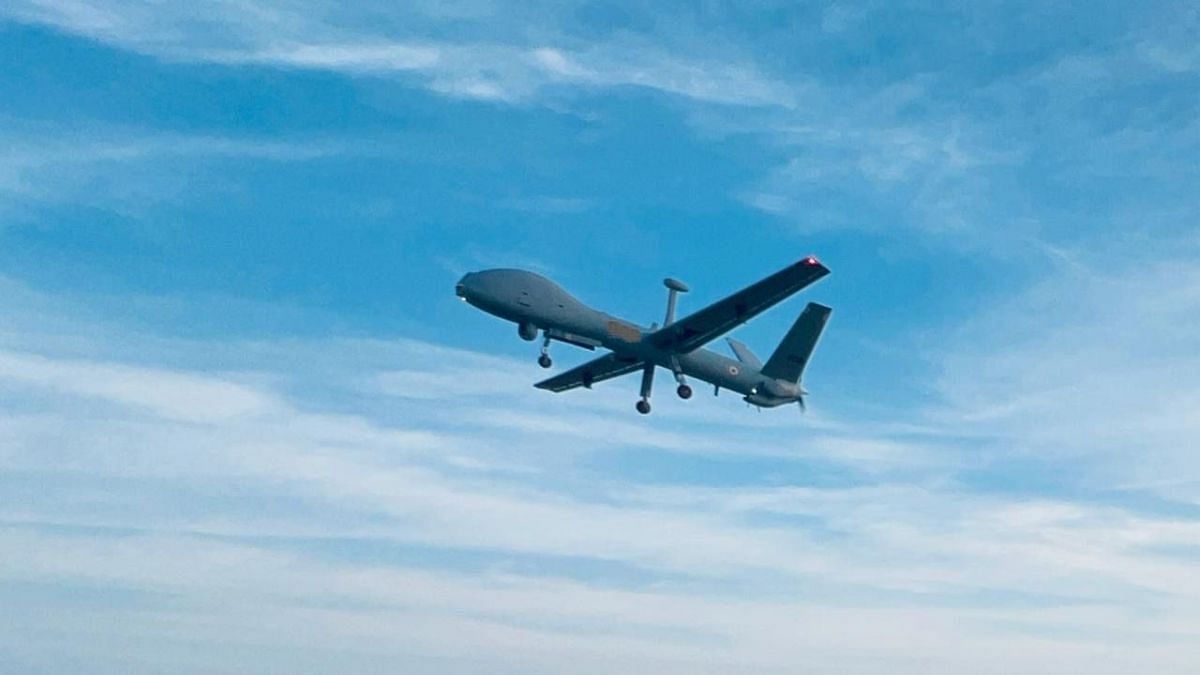

The Indian Navy and Army’s decision to procure the Drishti 10 Starliner unmanned aerial vehicles (UAVs) without comprehensive trials has recently come under scrutiny, particularly in light of a costly crash incident involving one of these drones. This situation has raised questions about the decision-making processes within India’s military procurement system, casting a shadow over the operational readiness and strategic planning of the armed forces.
The Drishti 10 Starliner, developed by Adani Defence and Aerospace in collaboration with Israeli firm Elbit Systems, is a variant of the Hermes 900. It was intended to bolster the surveillance and reconnaissance capabilities of the Indian Navy and Army. The decision to purchase these drones was made with urgency, invoking emergency procurement powers to expedite the process.
Continue readingSOURCE: AFI

A recent audit conducted by the Comptroller and Auditor General (CAG) of India, covering the fiscal years 2018-19 to 2020-21, has shed light on significant water supply issues within military installations managed by Garrison Engineers (GEs). The findings indicate a systemic failure in ensuring adequate water provision to defence personnel, which could impact operational readiness and welfare.
According to the CAG report, an astonishing 15 out of the 20 Garrison Engineers (GEs) under scrutiny provided less water than what was officially authorized to military stations across the country. The discrepancies in water supply were stark, with deficits ranging from a relatively manageable 10.13% to a concerning 62.97% below the prescribed levels. This shortfall raises questions about the maintenance of health, hygiene, and operational efficiency within these critical defence areas.
Continue readingSOURCE: AFI
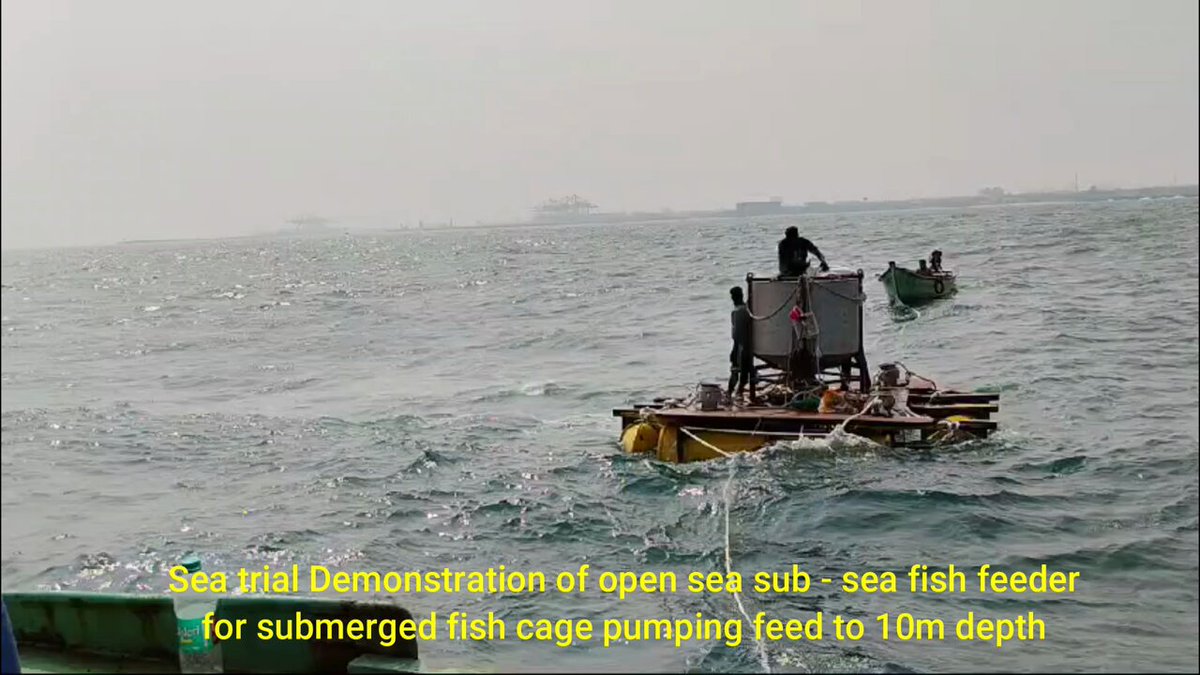

In a groundbreaking advancement for aquaculture, the Ocean Electronics group of the National Institute of Ocean Technology (NIOT) has successfully conducted sea trials of an innovative feeding system designed for use in open-sea, submerged fish cages. This pioneering technology, which operates at a depth of 10 meters in rough sea conditions, represents a significant leap forward from existing systems, which are limited to shallower depths.
The system developed by NIOT leverages a water ejector mechanism to dispense fish feed, marking the first time such technology has been effectively tested at these depths worldwide. Unlike the systems by AKVA-USA, which have only been operational at depths of 4-5 meters, NIOT’s solution pushes the boundary to 10 meters. This advancement is crucial for aquaculture in regions prone to harsh weather conditions, where traditional surface-level feeding can be disrupted.
Continue readingSOURCE: AFI
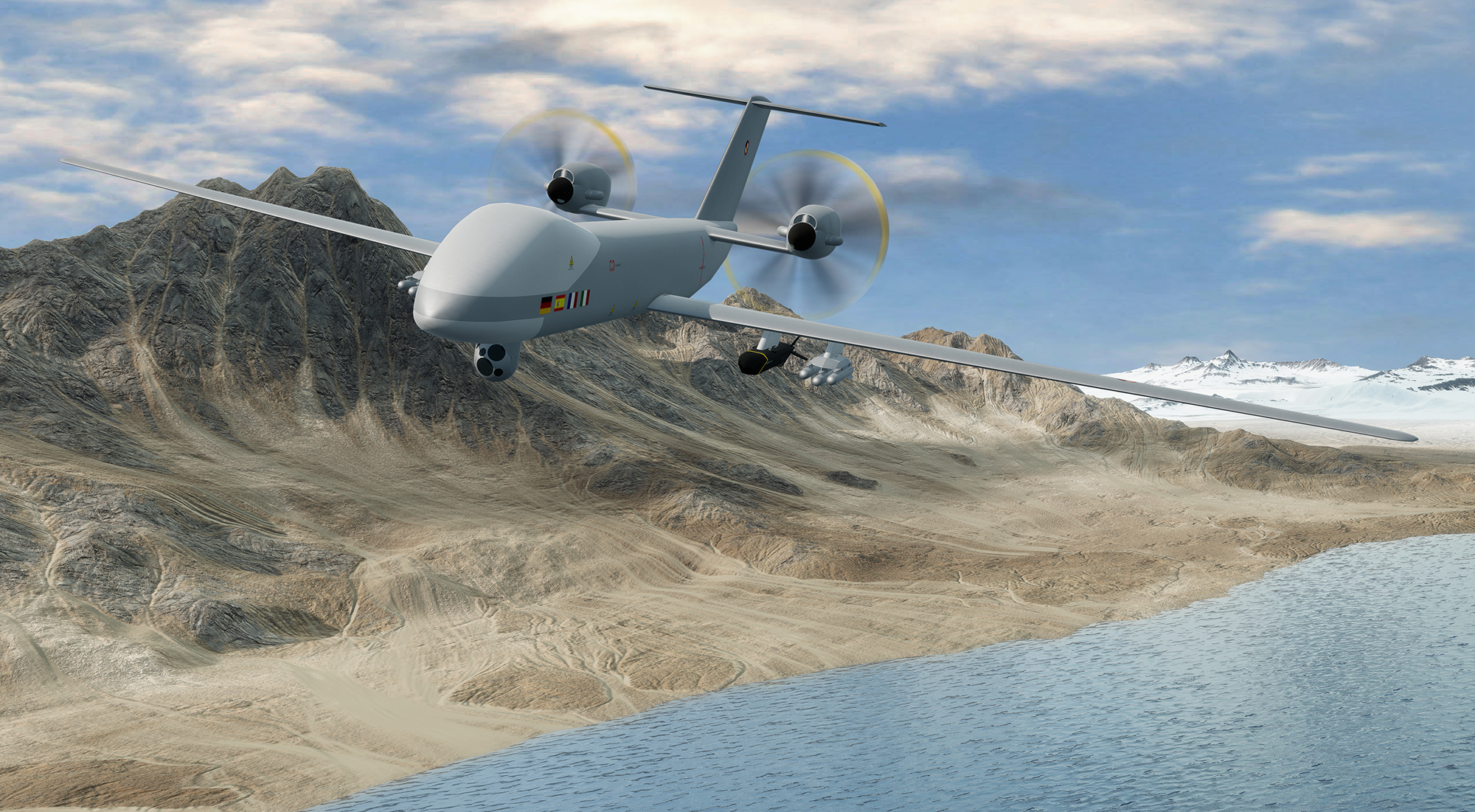

In a significant development that underscores India’s growing interest in fostering defense ties with Europe, Airbus has welcomed India as an observer to the Eurodrone programme. This move, facilitated by the Organisation for Joint Armament Cooperation (OCCAR), signals India’s intent to explore potential collaboration with Europe in advanced defense technology projects. The development was first reported by IDRW.org.
India’s observer status in the Eurodrone programme, facilitated by the Organisation for Joint Armament Cooperation (OCCAR), signifies a step towards potentially deeper collaboration. This role allows India to monitor the project’s progress, understand its technologies, and assess possible areas for future partnership.
Continue reading